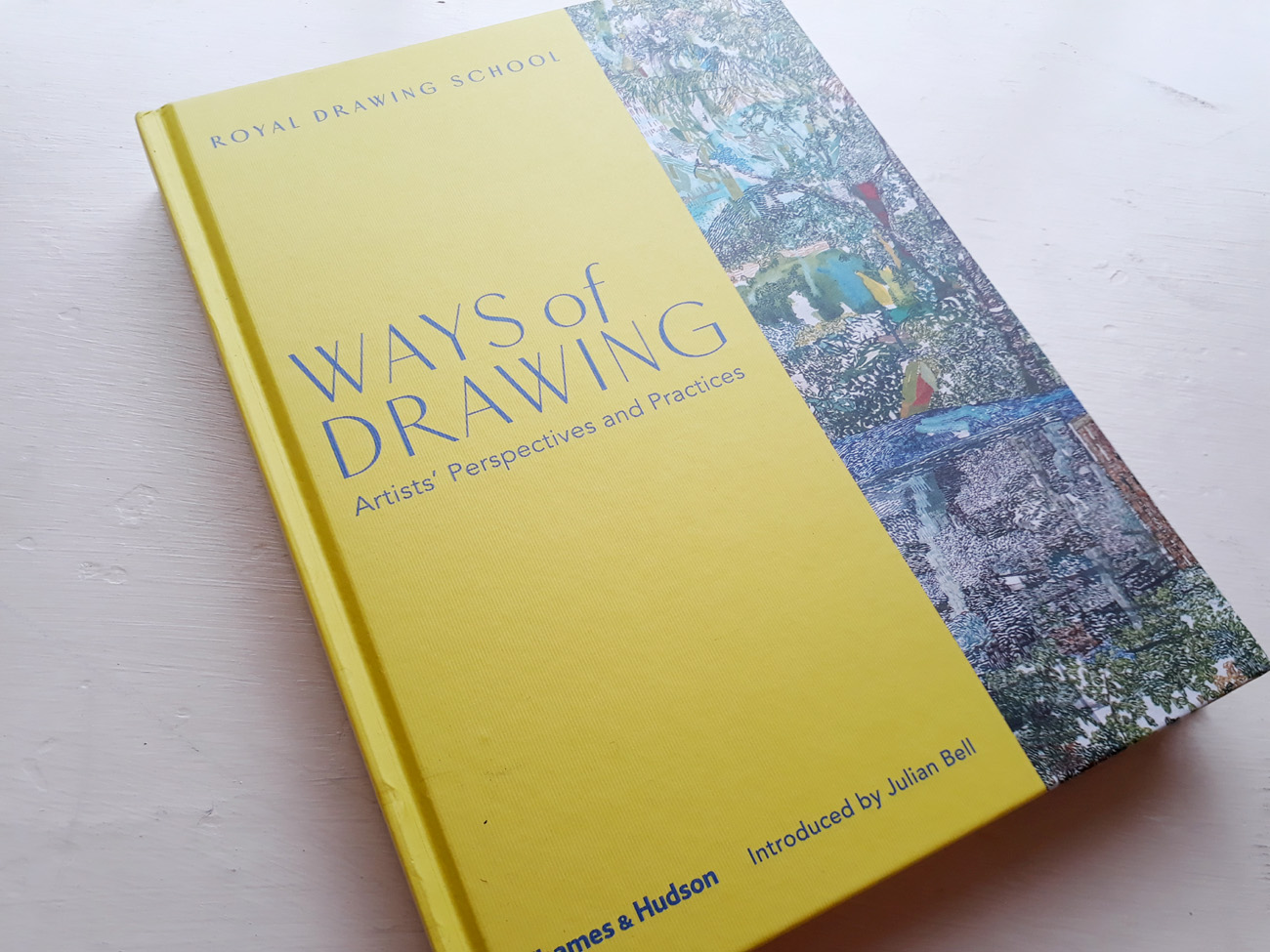Ways of Drawing – Book Review
Artist’s Perspectives and Practices
Edited by Julian Bell, Julia Balchin & Claudia Tobin
Published by Thames and Hudson ISBN: 978-0-500-02190-3
Reviewed by Karl Andy Foster
From the first moment that humans discovered that they were able to express ideas through mark making we haven’t been able to stop. Although we have yet to completely exploit the creative potential of ‘dirtying the paper’, who better to discuss the practice of drawing than the practitioners themselves.
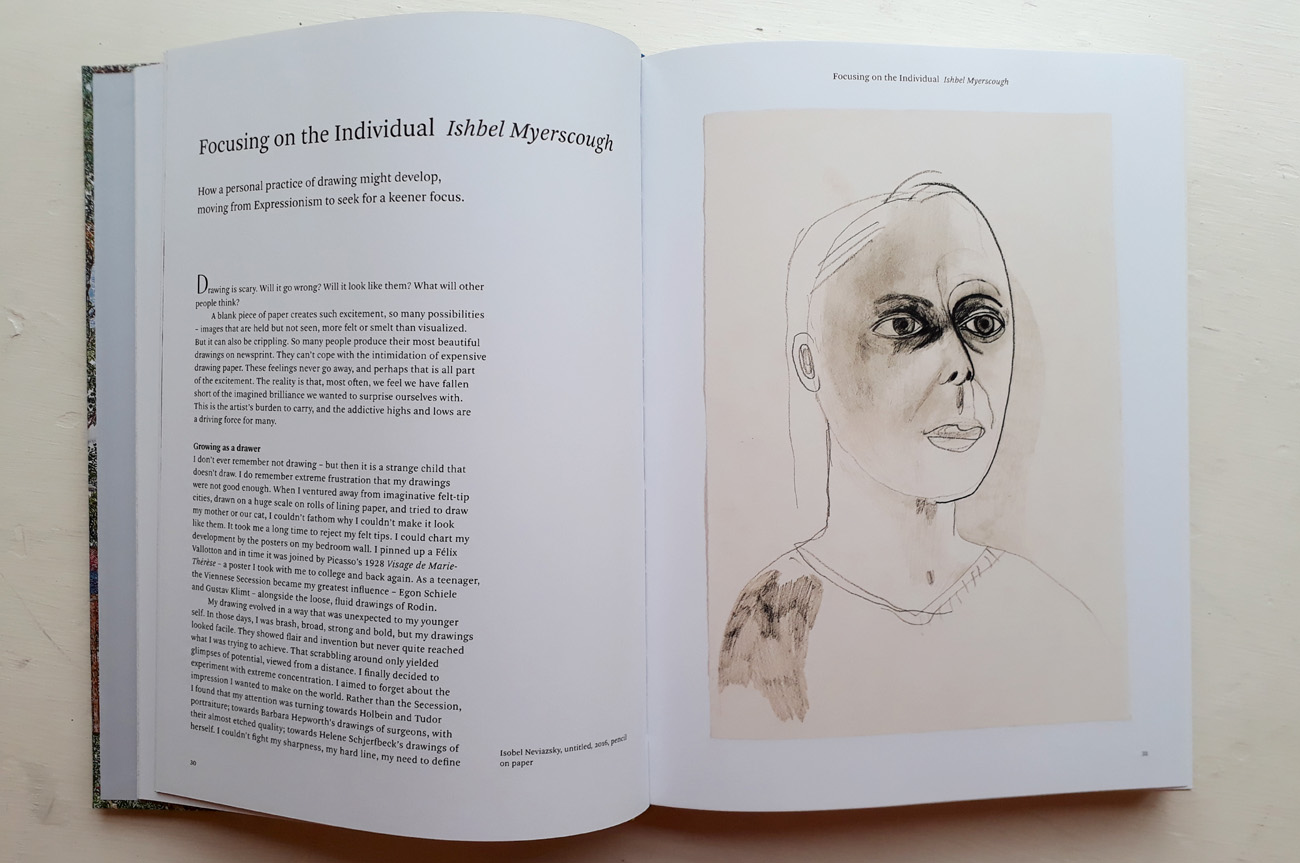
There is also the need to ensure that the power of drawing is promoted to wider-audiences. If you can engage people with this topic, you might also be able to encourage wider participation. The excellent introductions by Julian Bell that lead us into each chapter are thought provoking and connect the distinct elements.
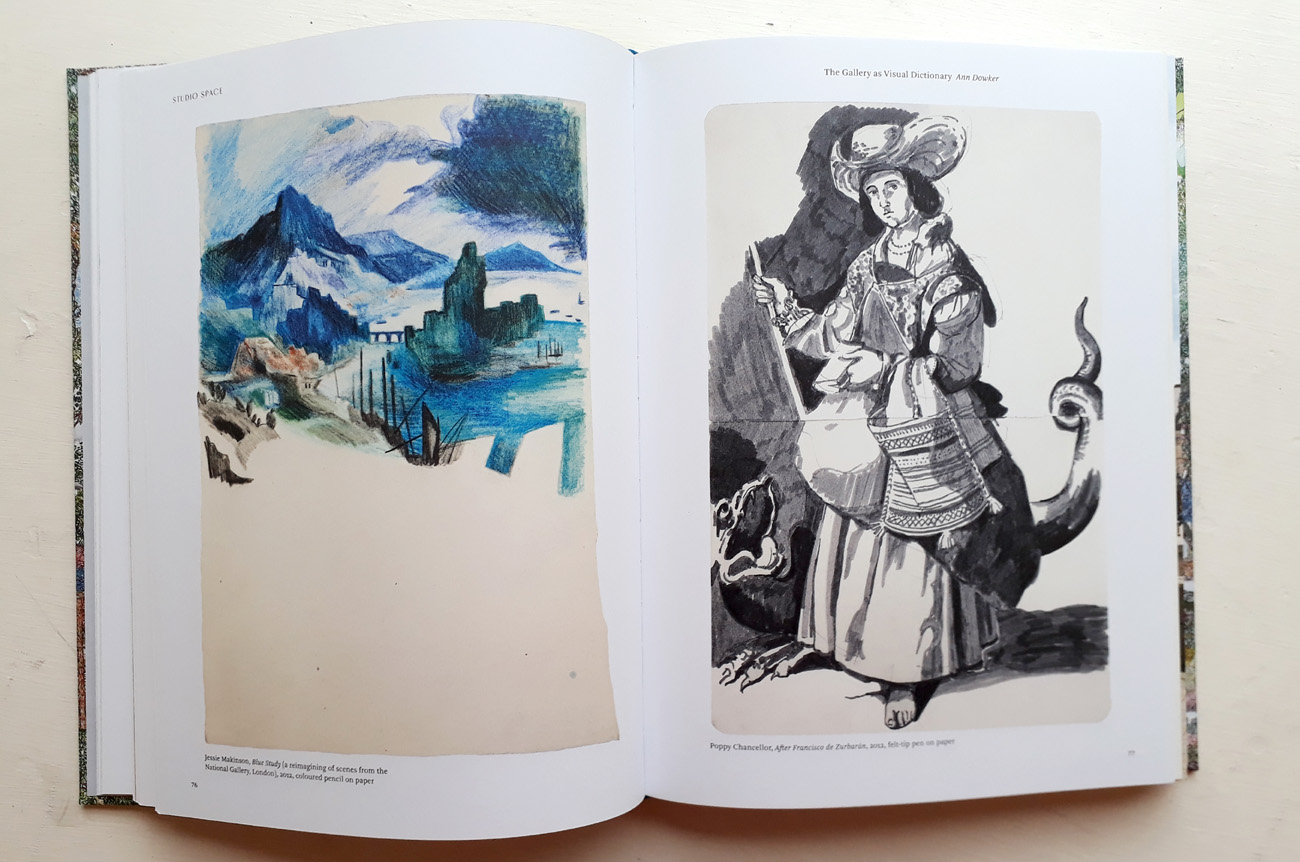
This book is divided into three main sections: Studio Space (where we go to find a place to make things happen and to work in private meditation), Open Space (Go outside start drawing and count how many people interact with you and mention their own lapsed drawing practice) and Inner Space (where influences that run deep into the sub-conscious are able to surface and startle the artist!). We are able to glimpse the personal, reflective and in some cases passionate evocation of the compulsion to make sense of the world through mark-making.
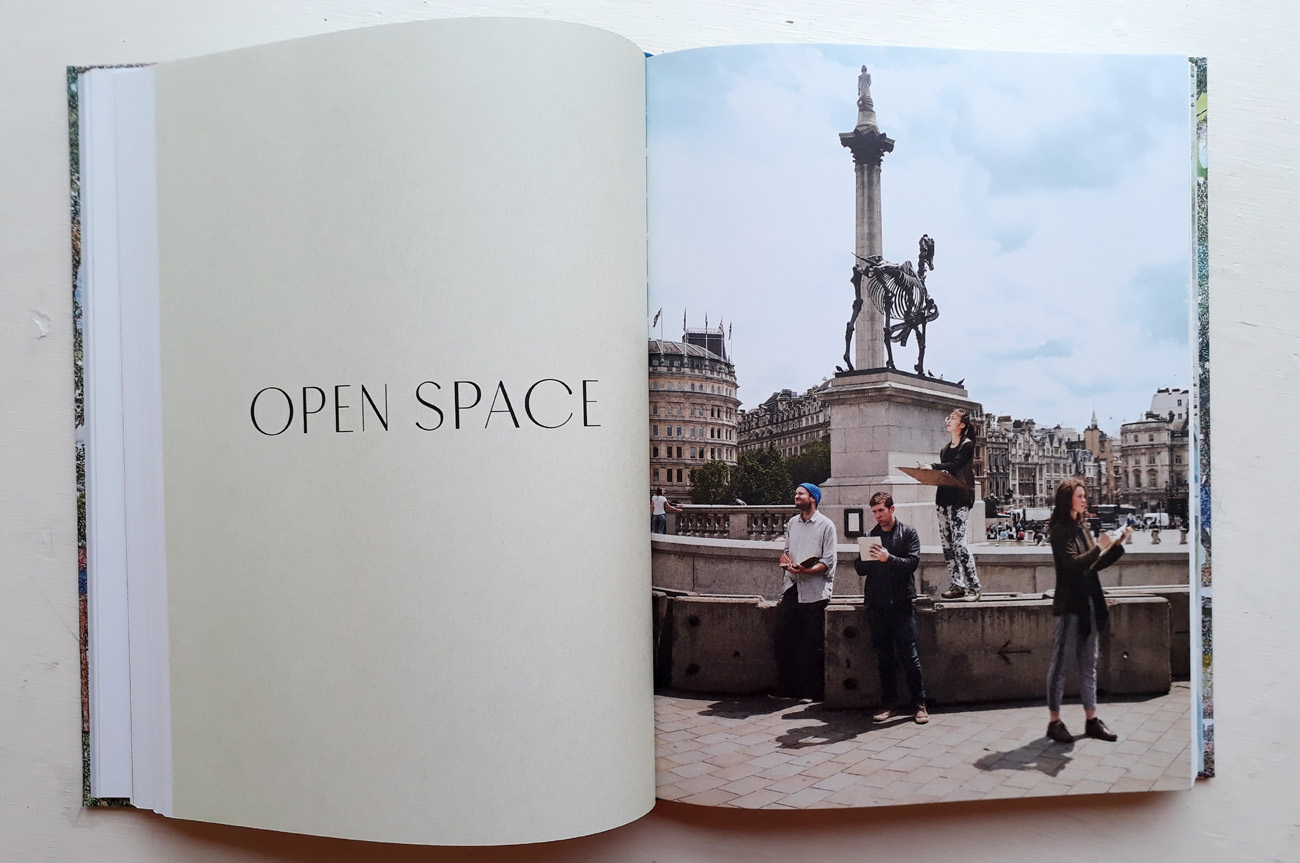
Some of the contributors to this book wish to educate, while others simply celebrate the act of drawing, caring less about whether this is a worthy practice or not. The amateur and the professional, the academic and the unconscious doodler all have their part to play in the debate. The range of essays on offer are from artists who know how to capture the essence and inner truth of the subject. By resolving ideas through the distillation of feeling and emotions that are elicited from reading our external world.
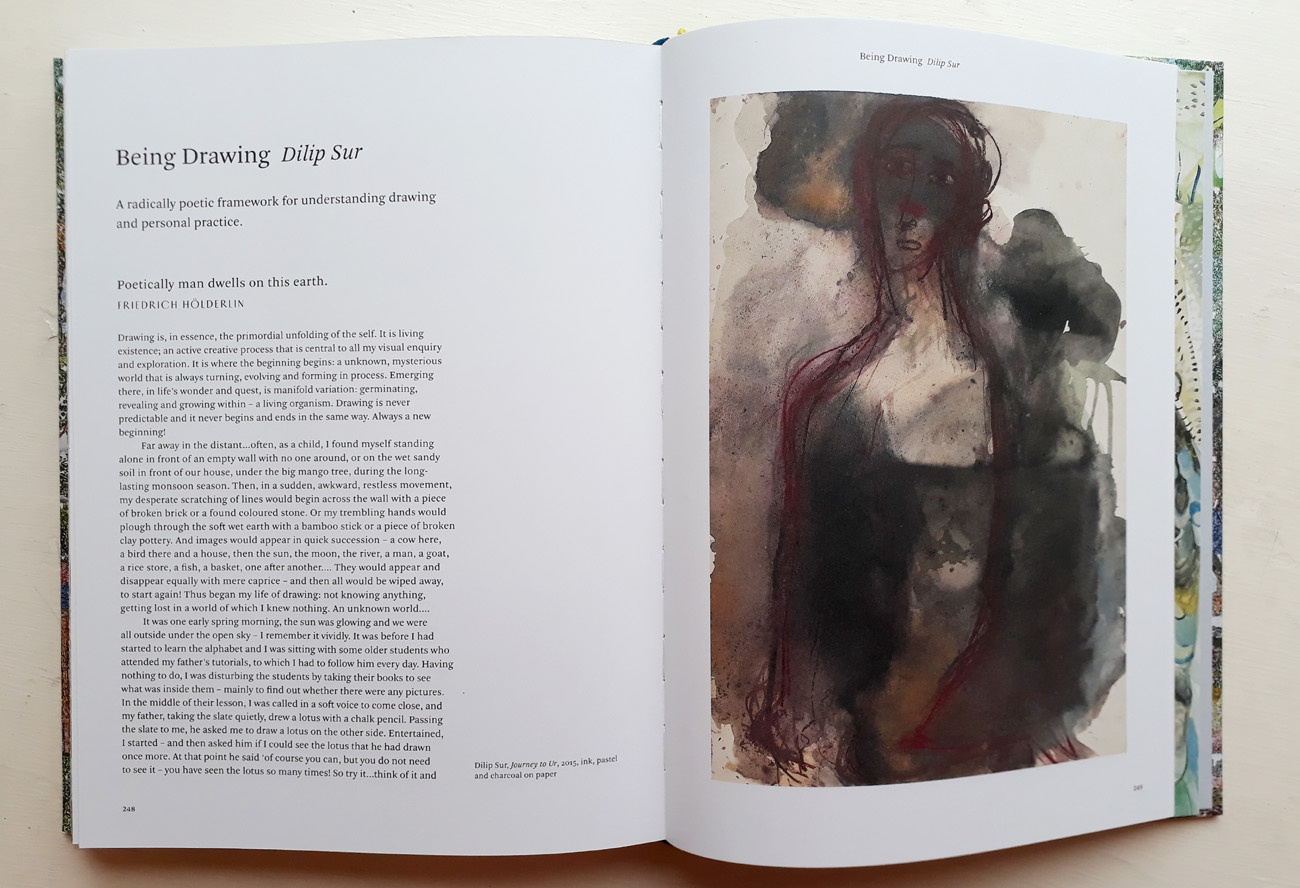
In the essays the artists attempt to discover the secrets of this skill and explain that preparation is everything. Through the history and evolution of the subject we see that drawing as an essential part of our visual culture. This book features incredible drawings and a multitude of approaches. It is important to read the images first and then the text, however some of the drawings hold one’s attention so well that you forget to continue to read the text. It also explores the meaning of image-making through the use of historical and contemporary examples. Drawing is an enterprise that has remained relevant and important despite the invention of photography and cinematography and our changing social interactions. Some artists make a strong case for the superiority of observed drawing over other forms of expression.
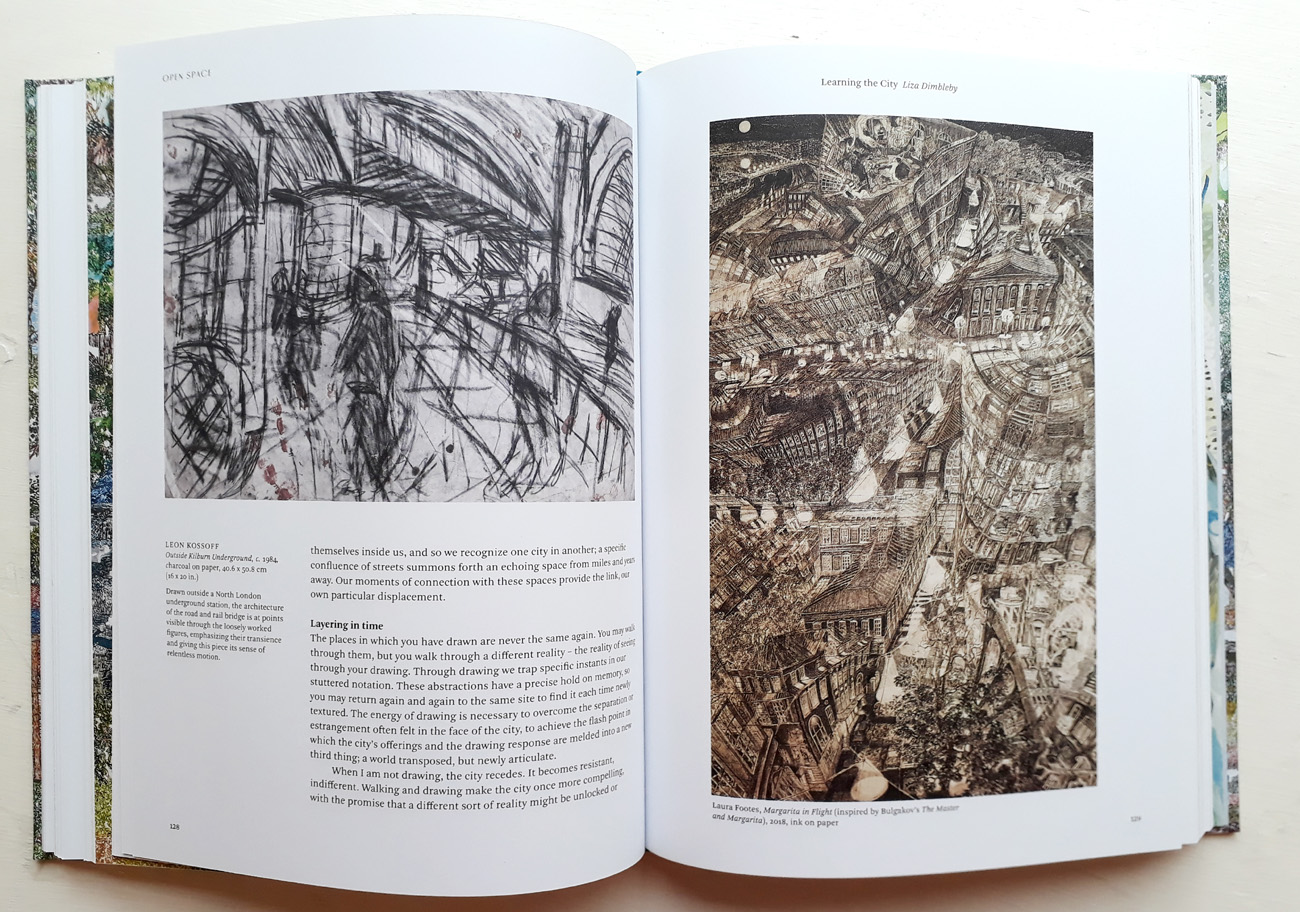
Good drawing is hard to achieve and it can be even harder to share one’s output with others. When I think about drawing I am filled with a sense of dread, and I know that this anxiety stems from one thing and one thing only. There is a level of competency, a ‘standard’ if you will, that is set within us as students during foundation studies that is clear. We want to produce good drawings not dross. We are very ashamed of the dross. Ways of Drawing goes some distance to unpack the meaning and reasons behind this ‘standard’ and debunks a few myths too.
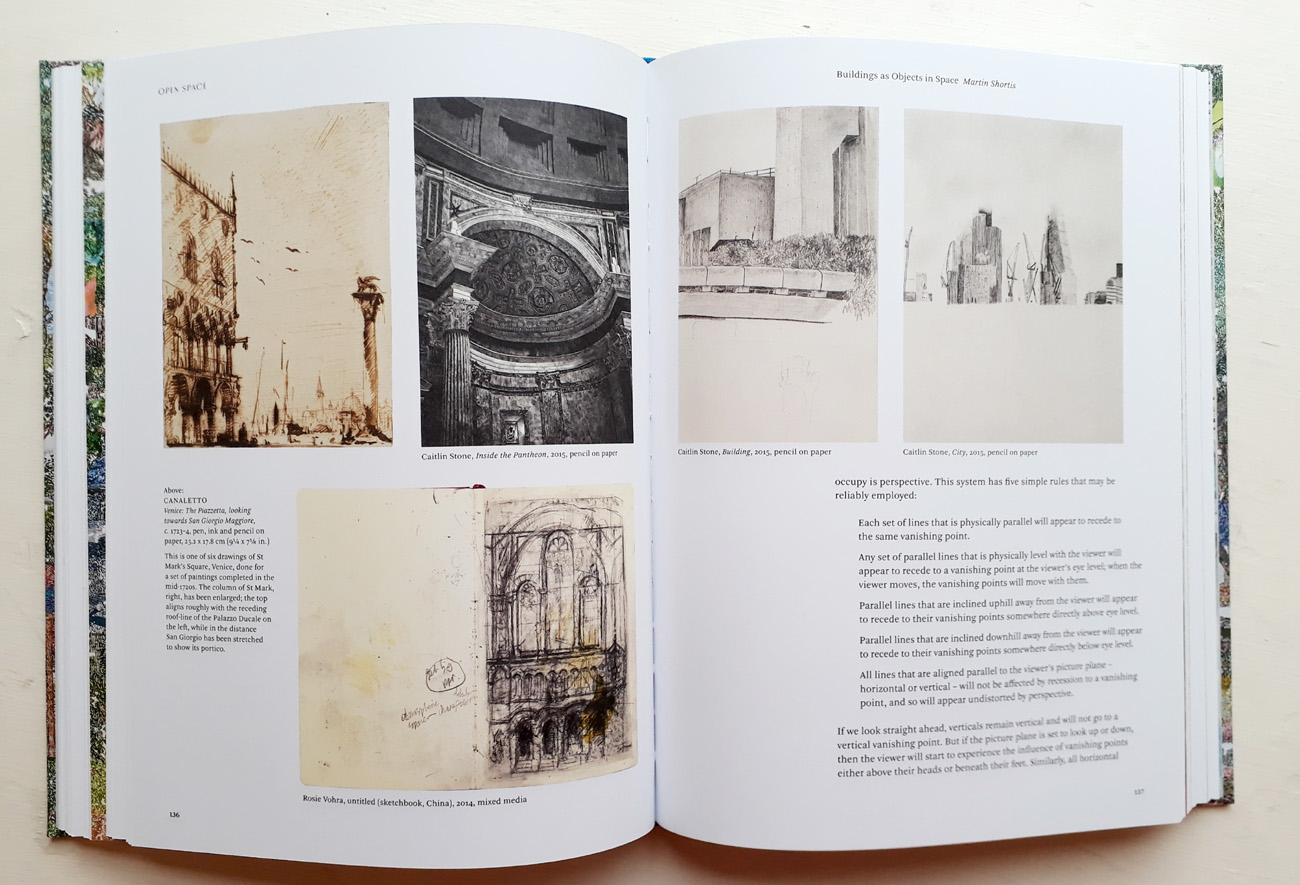
Back to News Page

